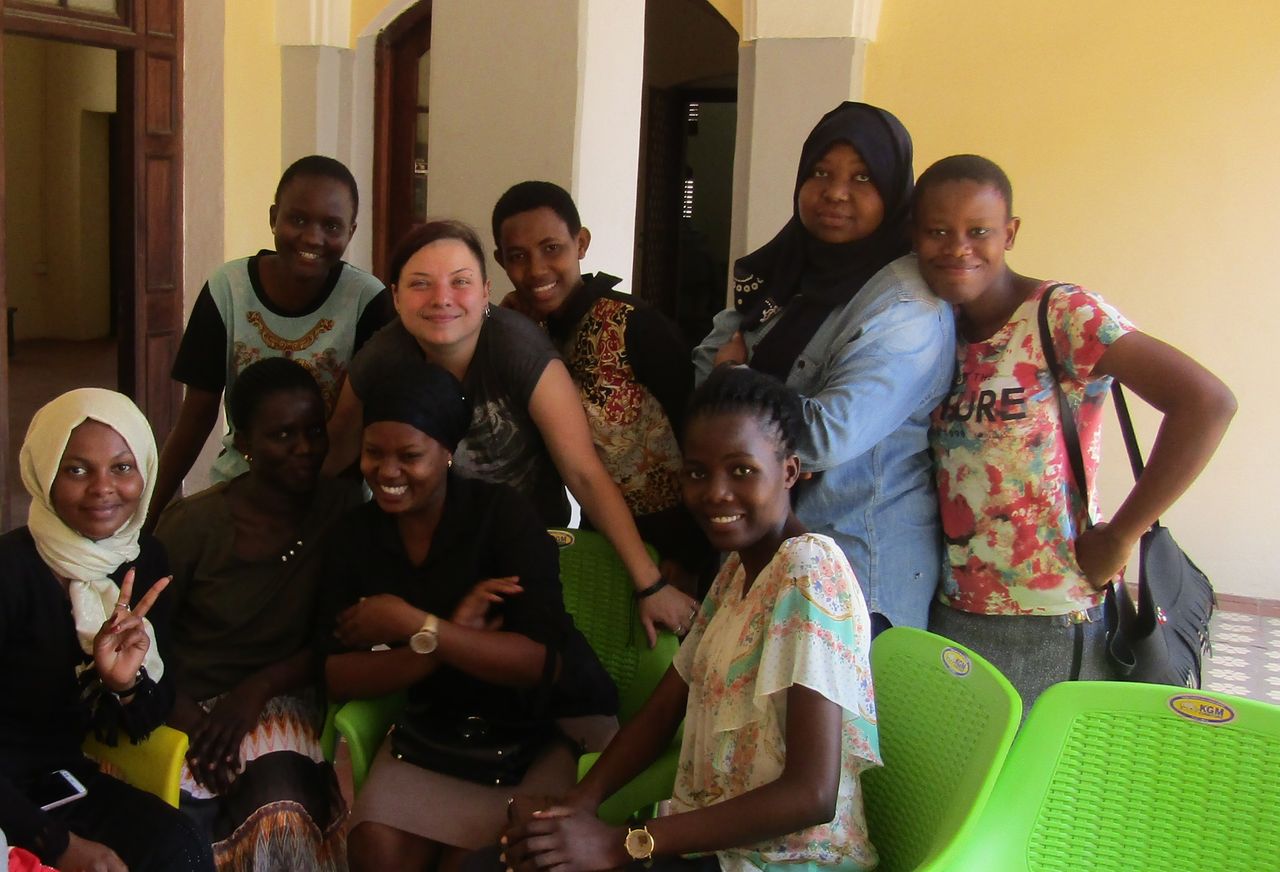
4-24 August, 2019 Second field research in Tanzania
From 4 till 24 of August senior research fellow Anastasia A. Banshchikova, junior research fellow Oxana V. Ivanchenko, and junior research fellow Valentina N. Bryndina conducted a second field research in Tanzania, supported by Russian Scientific Foundation (project №18-18-00454 "Historical Memory as the Evolutional Factor of Socio-Political Systems in Sub-Saharan Africa and Mesoamerica"). Respondents were asked what they remember about the slave trade, who were the slave traders, to which countries slaves were shipped finally, which tribes were the most affected, or, on the contrary, tribes and leaders which were involved in this business and were selling their tribesmen to the traders, etc. The second field season focused on Tanzanians’ perceptions of the 19th century slave trade geography, specifically locations in the country that are known for being related to these tragic events, and directions of the export of slaves from Zanzibar, the main slave market in the region.

In the photo: O.V. Ivanchenko with respondents at the Heritage Museum in Tanga.
During the field research interviews were conducted with the citizens of Dar es Salam, Bagamoyo, Zanzibar, Tanga and Pangani, so the geography of the research was expanded to the north.
It became clear that the most famous geographical point on the continent is Bagamoyo, which is positioned as the main exit point of the mainland, from which slaves were taken to Zanzibar. This contradicts historical reality, but allows the city, which has many advantages and a truly rich history, to become the leading direction of domestic tourism in the country. Speaking about the final destination, where slaves were taken, a huge number of respondents named Europe, "European factories", "European plantations". This also contradicts historical reality, and the sources of such misinformation are visible in Tanzanian school textbooks. Reasons for provision of misleading information in 4 out of 6 textbooks available for anthropologists now need to be studied very carefully. In general the school system lays the blame for slave trade on Europeans, paradoxically presenting it as an essential part of colonialism, and after that emphasizing the story of overcoming the colonial past. This is a part of the tolerance and non-discrimination policy, imposed by the state and promoting peaceful interethnic relations in the country.
